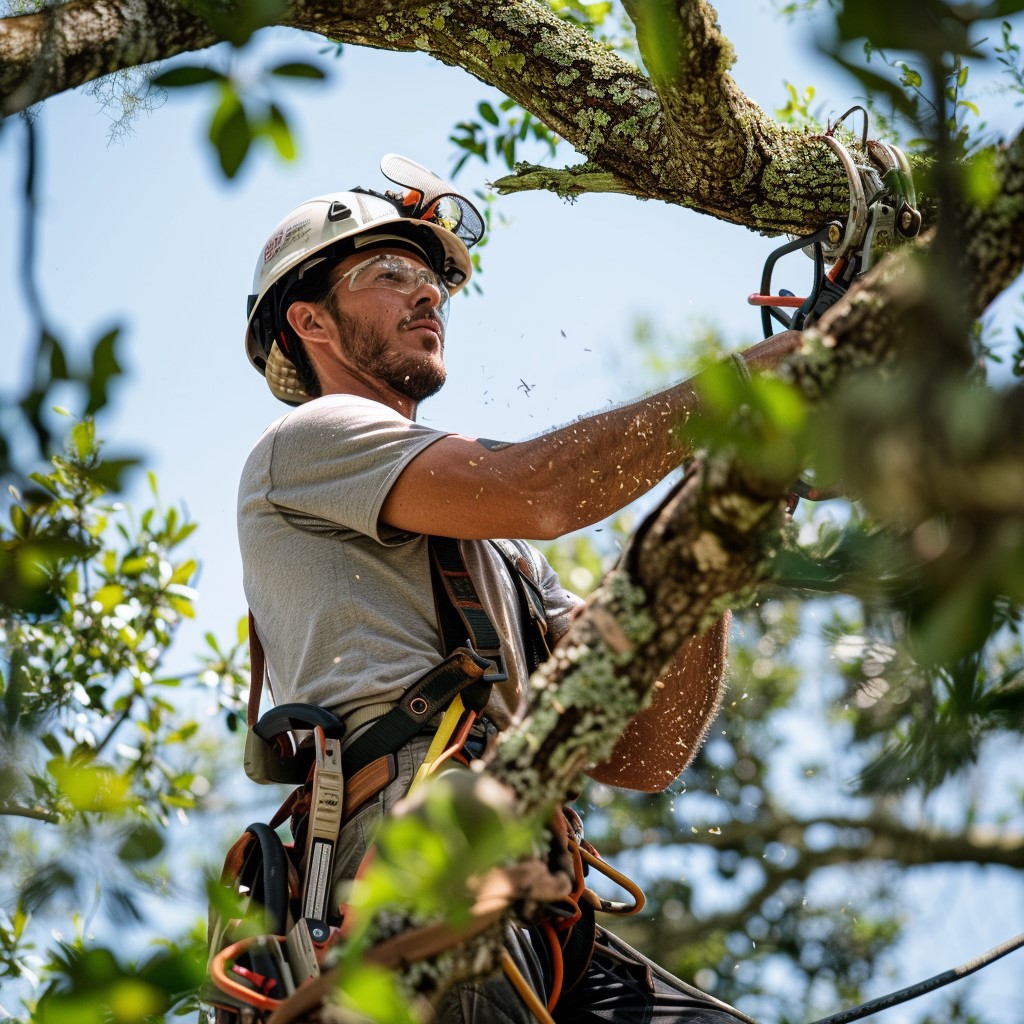If you are in need of bulk bags for sale in South Africa, look no further than Vaal Bulk Bags. Located in Gauteng in the Vaal, Vaal Bulk Bags is a trusted and reputable supplier of high-quality bulk bags. Offering a wide selection of options, they have the perfect bulk bags to meet your needs.
At Vaal Bulk Bags, you can find a range of bulk bags, also known as polywoven bags, that are ready for immediate shipment. These durable bags can be reused multiple times, making them both cost-effective and environmentally friendly. They stock a full range of sizes, from standard builder’s bags to extra-large 2-meter high bags. With various options for filling spouts, you can customize your bulk bags to suit your specific requirements.
Whether you are in the construction, agriculture, or manufacturing industry, Vaal Bulk Bags is your go-to supplier. Their expertise and commitment to providing affordable, high-quality bulk bags have made them the preferred choice for businesses all across South Africa. When it comes to bulk bags, trust Vaal Bulk Bags to deliver exceptional products and excellent service.
Benefits and Applications of Bulk Bags
Bulk bags, also known as Flexible Intermediate Bulk Containers (FIBC), are large industrial containers made of polypropylene, a strong and durable plastic. These bags are designed to store and transport dry, flowable products such as sand, fertilizers, and granules.
One of the main advantages of bulk bags is their capacity to hold large volumes while taking up less space than traditional packaging methods like boxes or drums. They are also easier to move around with lifting loops and can be recycled, making them an environmentally friendly choice.
Bulk bags find applications in various industries including agriculture, construction, manufacturing, mining, and transportation, where they are used to transport and store materials such as grains, cement, chemicals, and minerals.
Custom Solutions and Expert Service from Vaal Bulk Bags
When it comes to packaging needs, Vaal Bulk Bags understands that every business is unique. That’s why they offer a range of custom options for their bulk bags to meet specific requirements. Their knowledgeable experts can even recommend the right substitute bag from their stock until a custom bag is manufactured. This ensures that your business needs are met without compromising on efficiency or affordability.
In addition to their custom solutions, Vaal Bulk Bags prides itself on providing fast daily deliveries. They understand the importance of timely service and are committed to ensuring that your immediate needs are covered. Whether you’re in the agriculture, manufacturing, or mining industry, Vaal Bulk Bags is there to deliver your bulk bags promptly and efficiently.
With over years of experience, Vaal Bulk Bags has established itself as a trusted supplier across various industries. Their reliable, professional, and cost-effective bulk bag solutions have been appreciated by businesses in South Africa. So if you’re in need of quality bulk bags, look no further than Vaal Bulk Bags. With their custom bulk bags, fast deliveries, and commitment to service, they are the go-to supplier for all your packaging needs.







